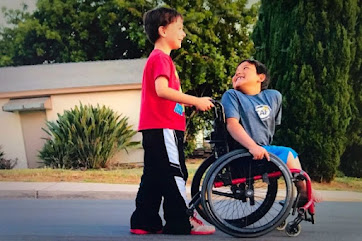giraffe
A baby giraffe with no spots was born in Tennessee, America, over summer. You can see footage of the giraffe in the link above.
It is thought to be the only giraffe in the world without patches that giraffes are known for. Each giraffe has a unique pattern of patches - no two are exactly the same. Underneath the patches, blood vessels help to regulate the temperature of the animal by releasing heat. The patches also help to camouflage the animal in the wild.
The zoo where the animal was born have announced a competition to name the giraffe. Current favourites are Kipekee, which means "unique" in Swahili; Firayali, which means "unusual"; Shakiri, which means "she is most beautiful" and Jamella which means "One of great beauty".
- what is a giraffe and what do they normally look like?
- can this be a proper giraffe if it has no patches?
- but don't all giraffes have to look the same? you can't have pink lions or blue penguins. and after all, all humans look the same don't we, so giraffes should also look the same. It can't be a proper giraffe! (the aim is to get the children to challenge you - do all humans look the same? of course not! We also have different skin... so if we can have different skin, can animals too?)
- I wonder if the baby giraffe mum is proud of her baby, or do you think mum wishes the baby looked like the other giraffes? (again the aim is to encourage children to ague that mum loves her unique baby. Watch the video - is mum ignoring her baby or is mum showing love to her baby?)
- do all children have to look the same as their mums or the family? (no! all families have differences)
- if, when the giraffe was older, they said to you they wished they had patterns like the other giraffes, what would you say?
- what do we say in our school about difference?
- what do you think of the names so far chosen? any other suggestions?
- what can we learn from this baby giraffe?
- why is this about no outsiders?
www.no-outsiders




Comments
Post a Comment